Clepsis pallidana
(Fabricius, 1776)
-
 Subfamily: Tortricinae, Archipini
Subfamily: Tortricinae, Archipini -
 Wingspan: 15-21 mm
Wingspan: 15-21 mm -
 Flight period: May - Sep
Flight period: May - Sep -
 Spread: Common
Spread: Common -
 Host plants: Polyphagous
Host plants: Polyphagous
Information
The Clepsis pallidana is a moth of the Tortricidae family, subfamily Tortricinae,
with wingspan of 15-21 mm.
It is found in most of Europe, with the exception of Portugal, the United Kingdom, Norway and Ukraine. *
Its range extends to Asia Minor, Iran, Russia (Primorsk and Tuva), Mongolia, China, the Korean peninsula and also Japan. *
In Italy it is absent from the islands. *
The front wings of the Clepsis pallidana are light ocher with a sometimes broken line, dark red / orange,
which starts from about half of the costa to end in the inner corner of the wing.
Often this line has a kind of "tooth" in the direction of the costa.
On the costa, near the apex, there is a triangular spot, always dark red / orange, which sometimes stretches towards
the external margin with a trend parallel to the previous line. **
A third line of the same color as the previous ones, not always evident, starts at the intersection of the anal area and the disc region, with a parallel course
to the previous two lines.
The intensity of the dark signs is very variable in some specimens and may disappear completely.
Dark red / orange shades may also be visible on the head, palps and torax. **
The hind wings are white, translucent, sometimes with grayish shades. All wings are fringed. **
Adults fly in two generations per year, starting from May until the end of July and again in September.
The moths are active in the late afternoon and evening and are attracted to artificial light.
Pupation takes place on the host plant in the feeding area of the larvae.
The larva of Clepsis pallidana is yellow-green in color, with a yellowish / ocher head, it feeds on leaves closed by silky threads and on young shoots of various plants. **
The chrysalis is brown / brown in color. **
The larvae feed on a wide range of plants, including Artemisia campestris, Gnaphalium, Euphorbia sp (Euphorbia),
Spiraea ulmaria (meadowsweet), Lactuca serriola, Aster (aster), Urtica (nettle), Iris, Solidago, Sedum, Malus sp. (apple tree) and others.
* Lepidoptera mundi https://lepidoptera.eu/ - Fauna Europea https://fauna-eu.org/
** Bestimmungshilfe für die in Europa nachgewiesenen Schmetterlingsarten - http://lepiforum.de/
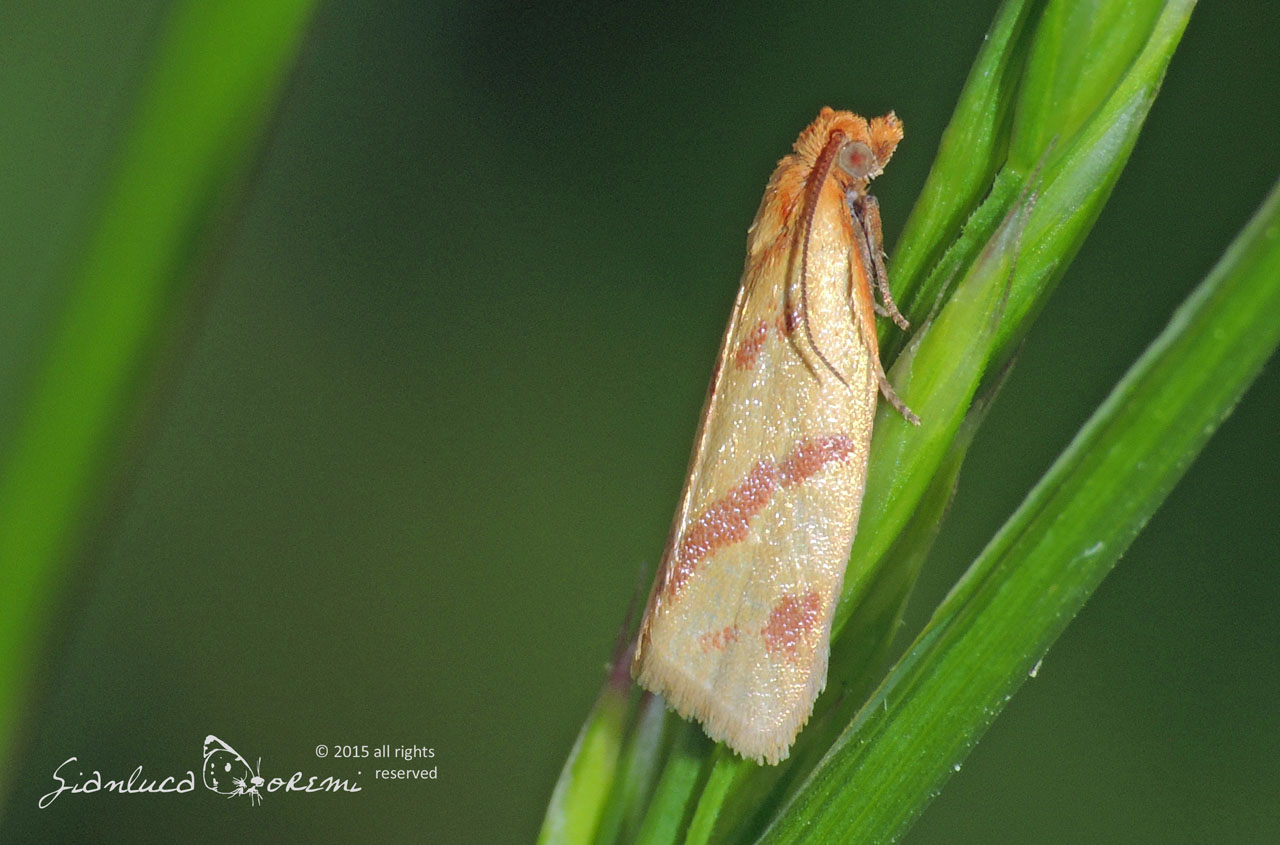

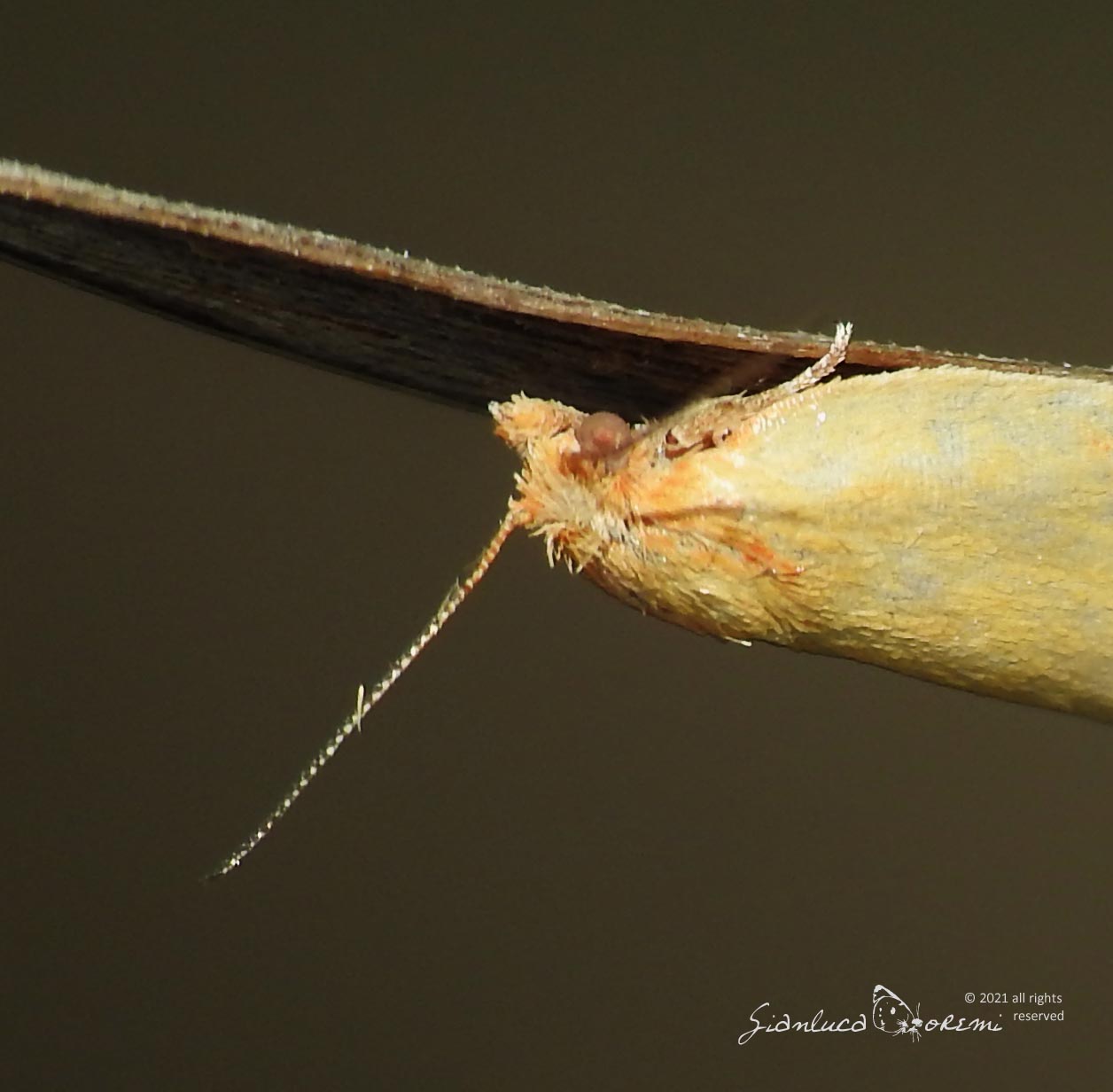



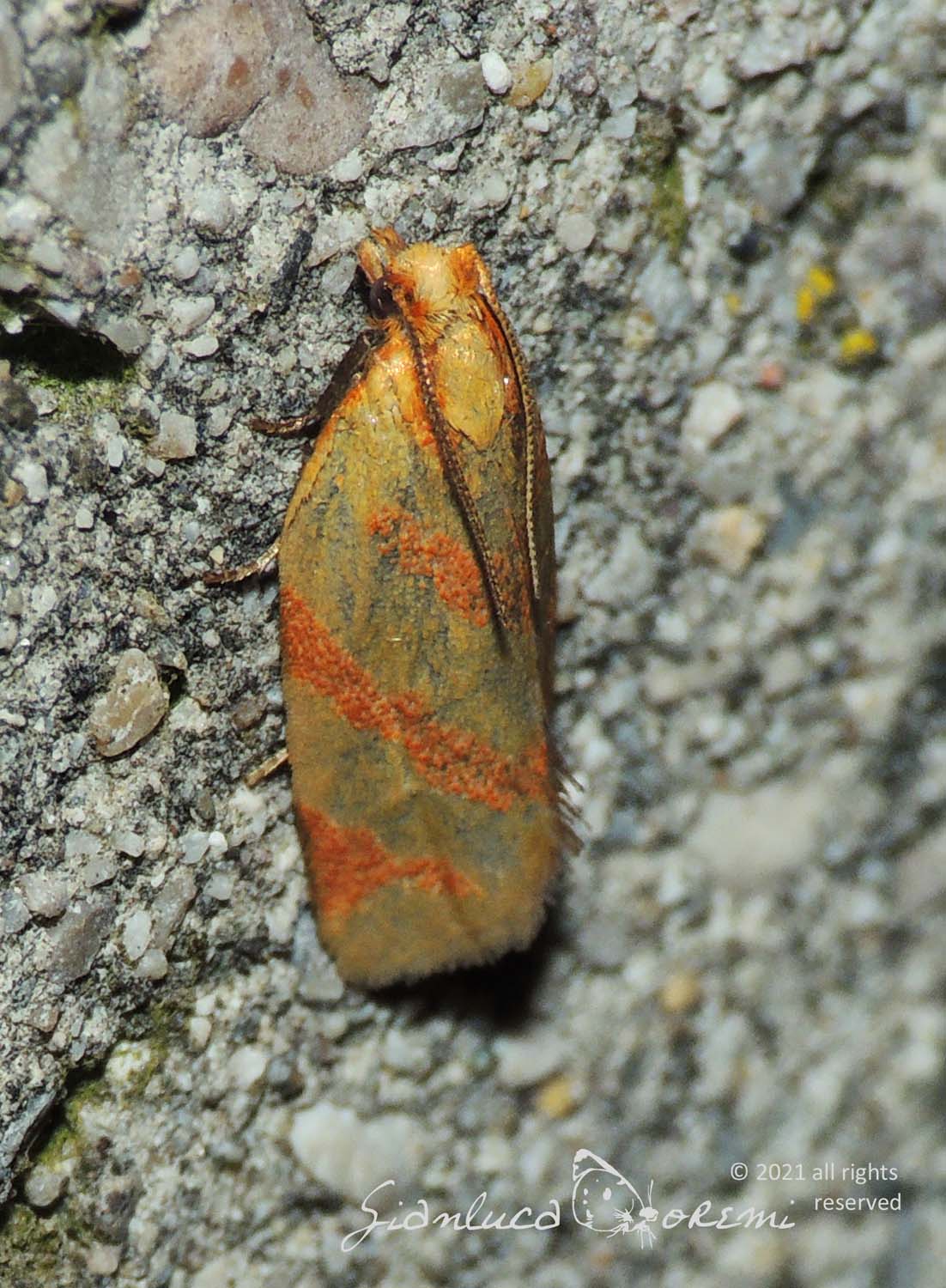
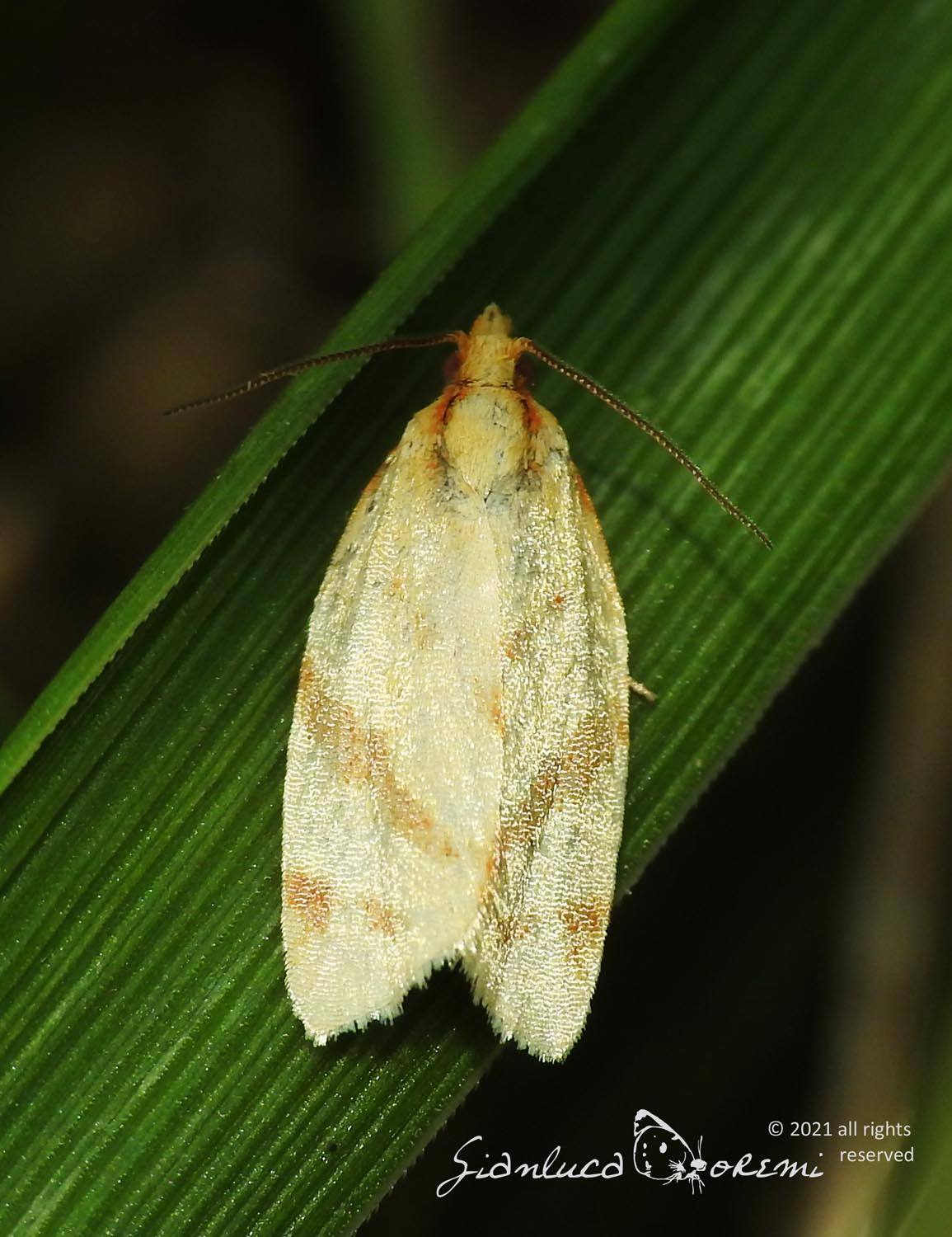
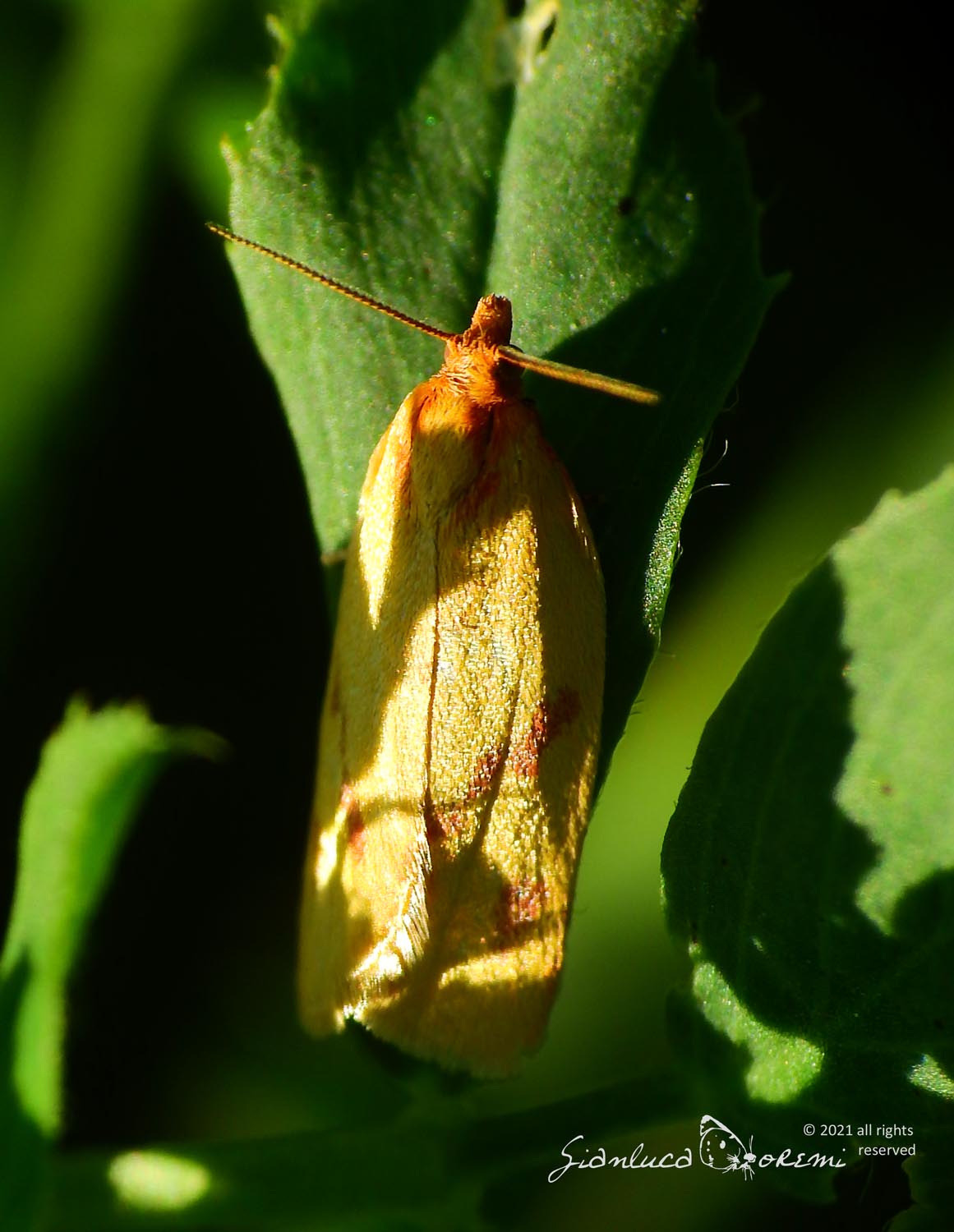
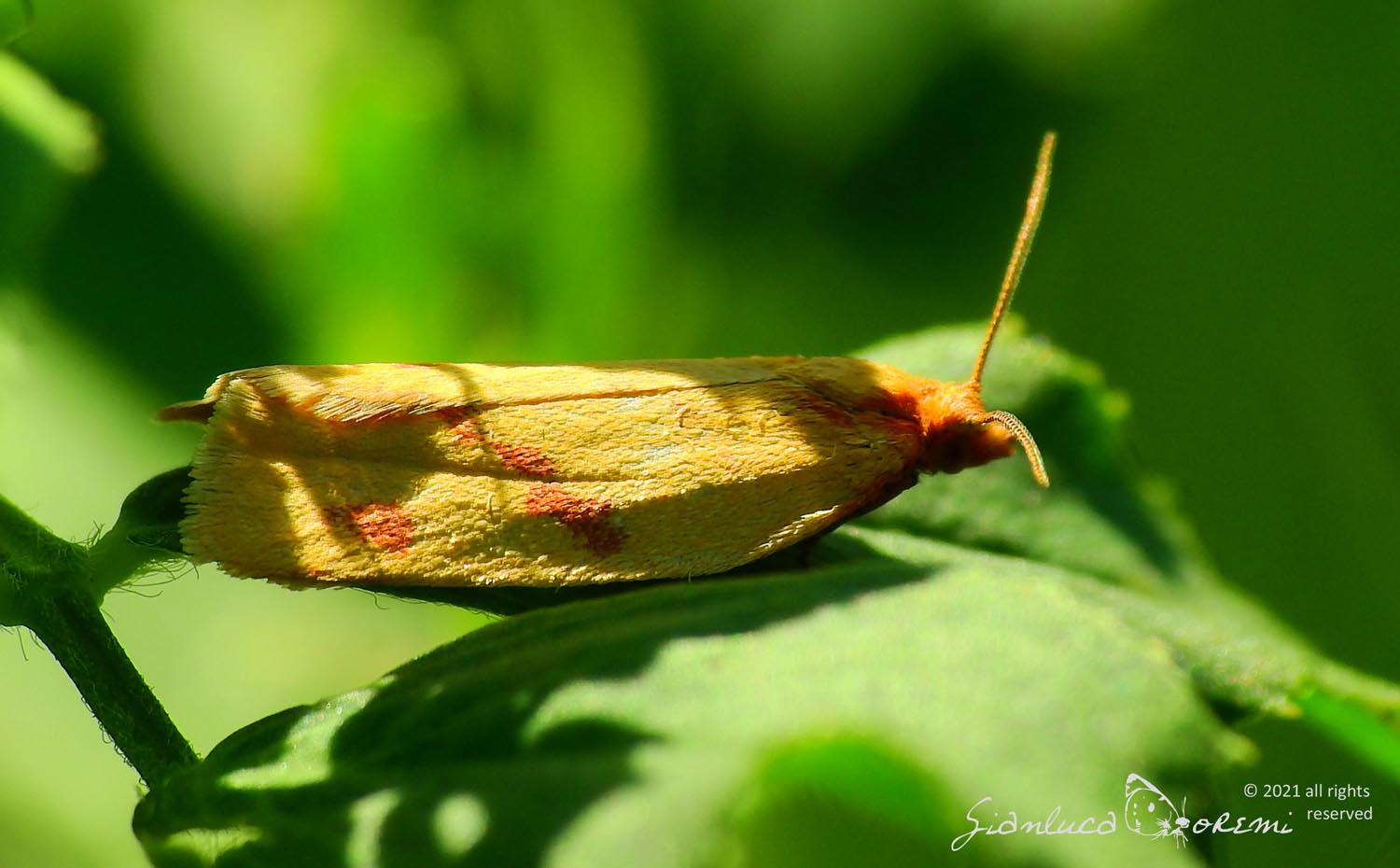
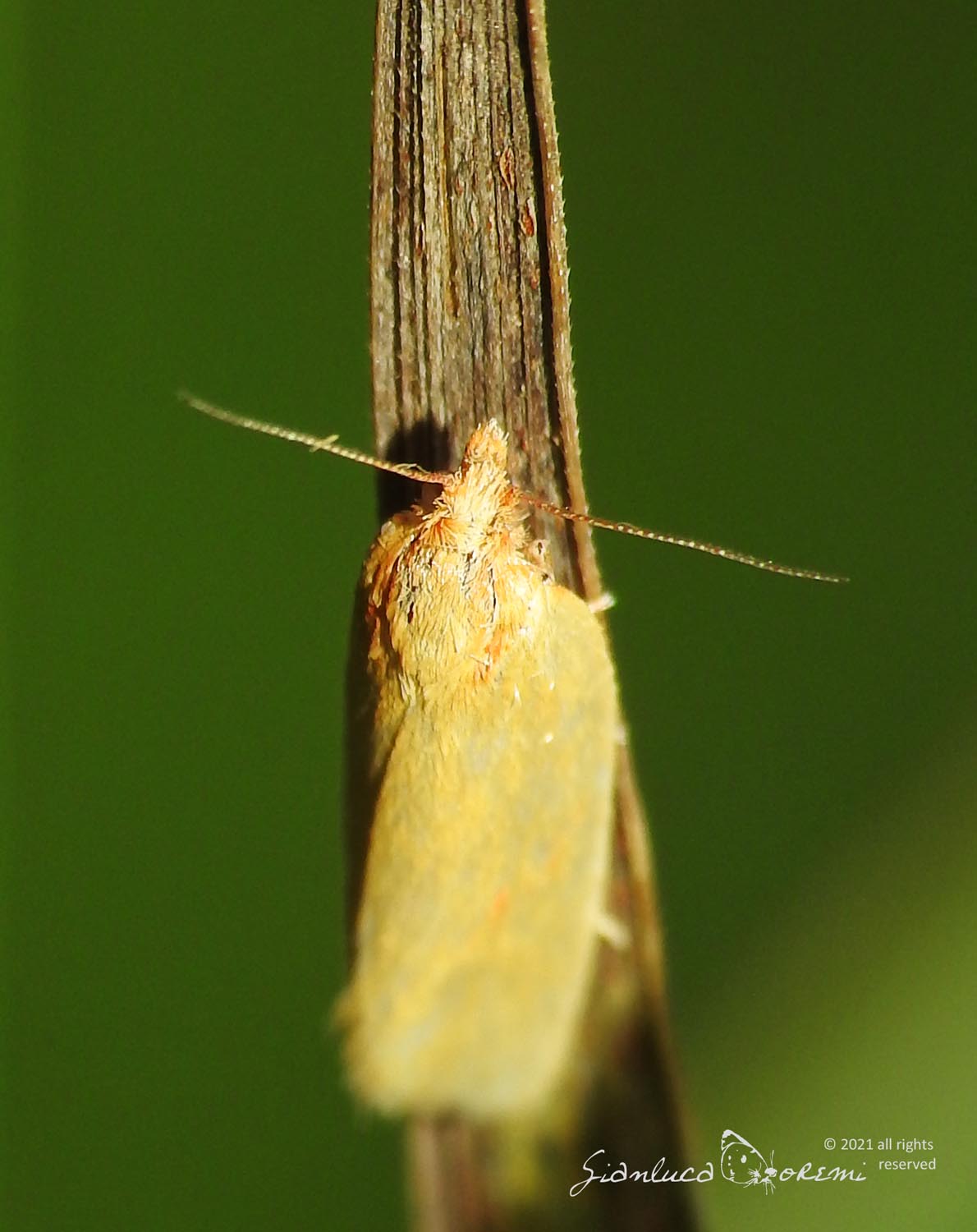
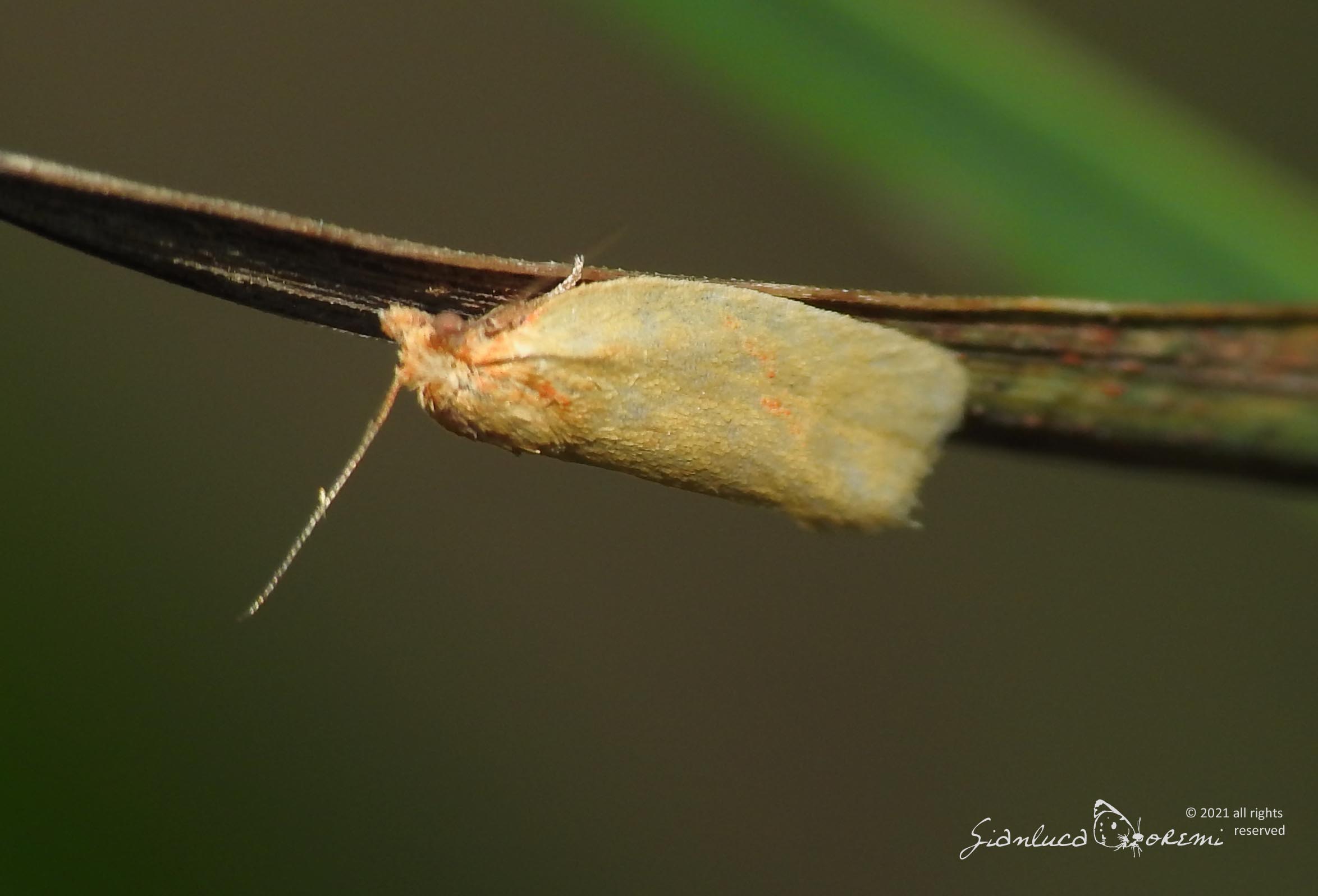
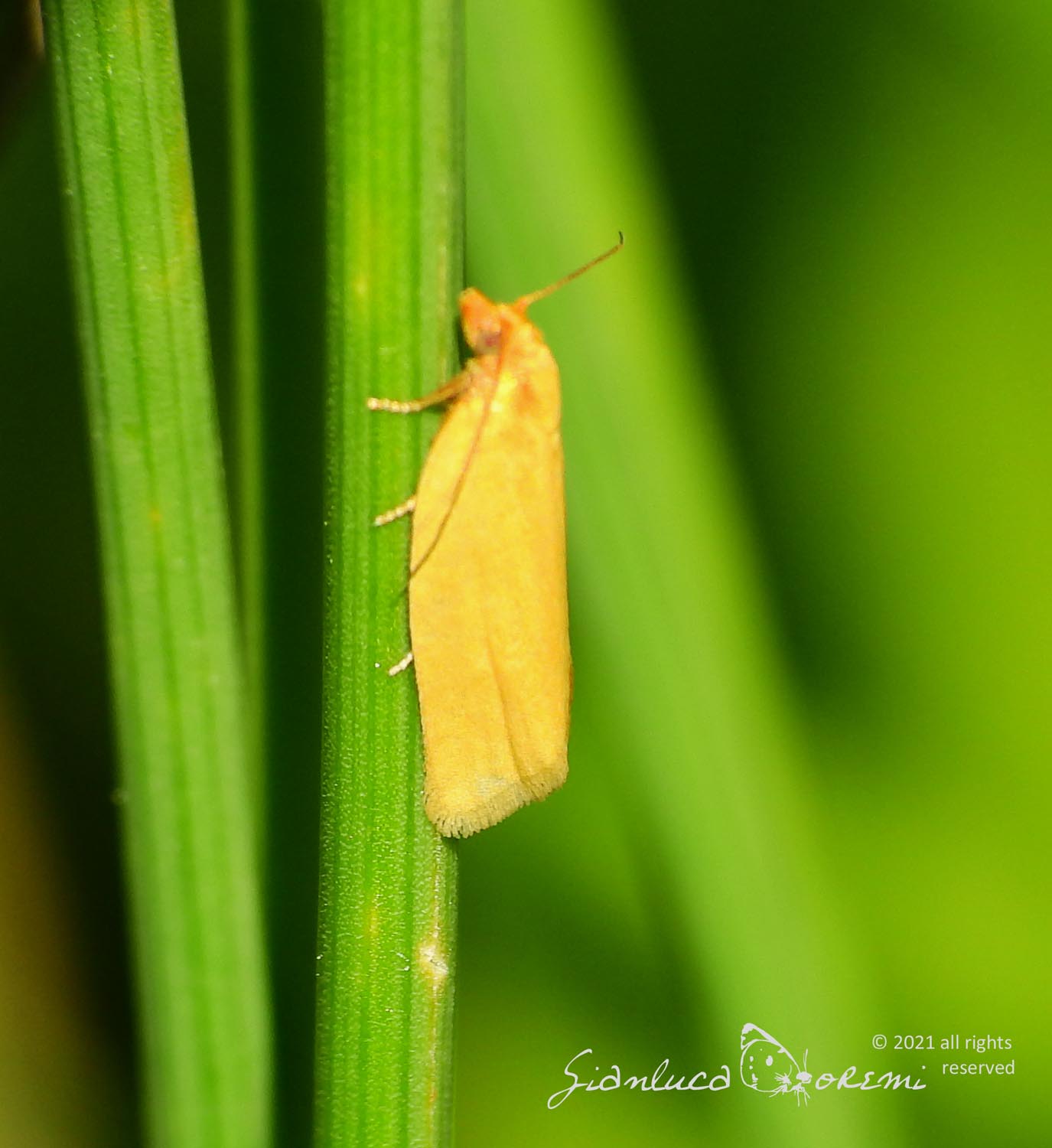
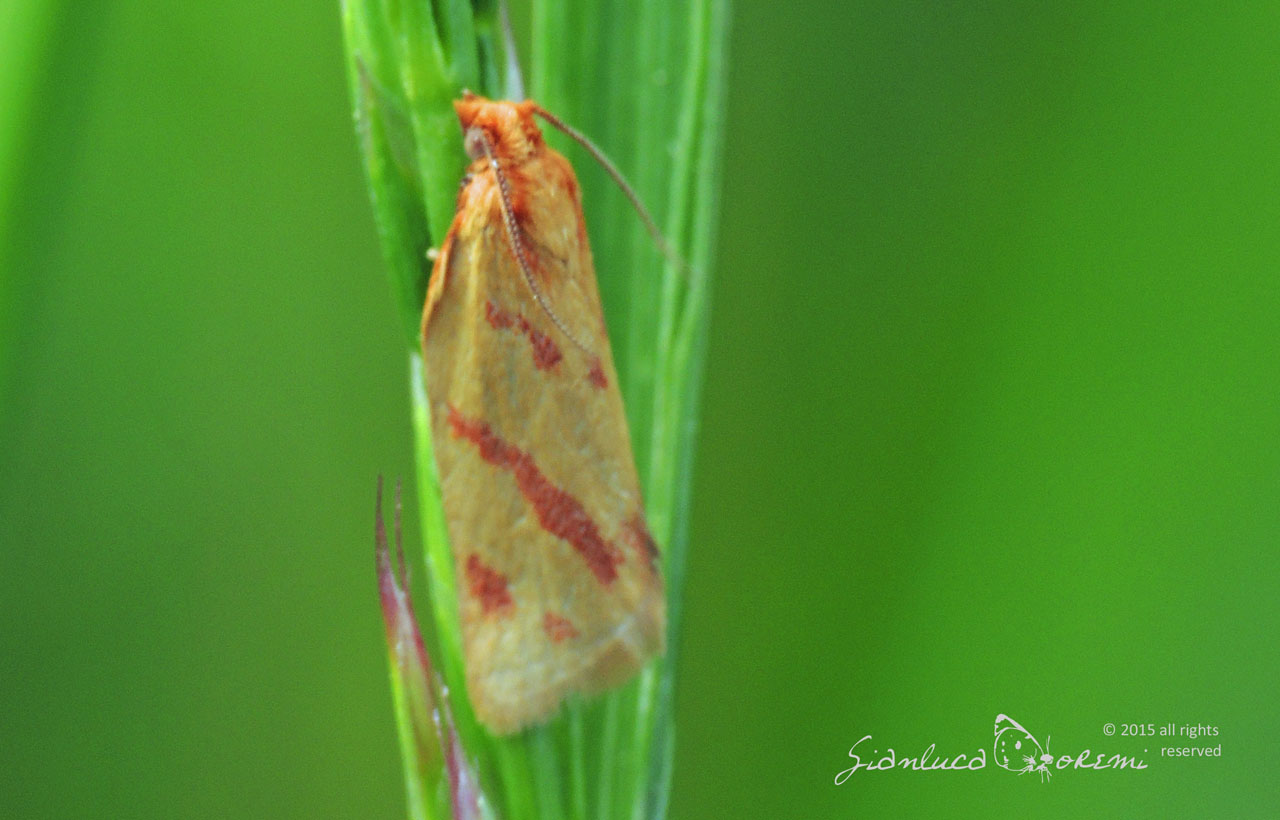
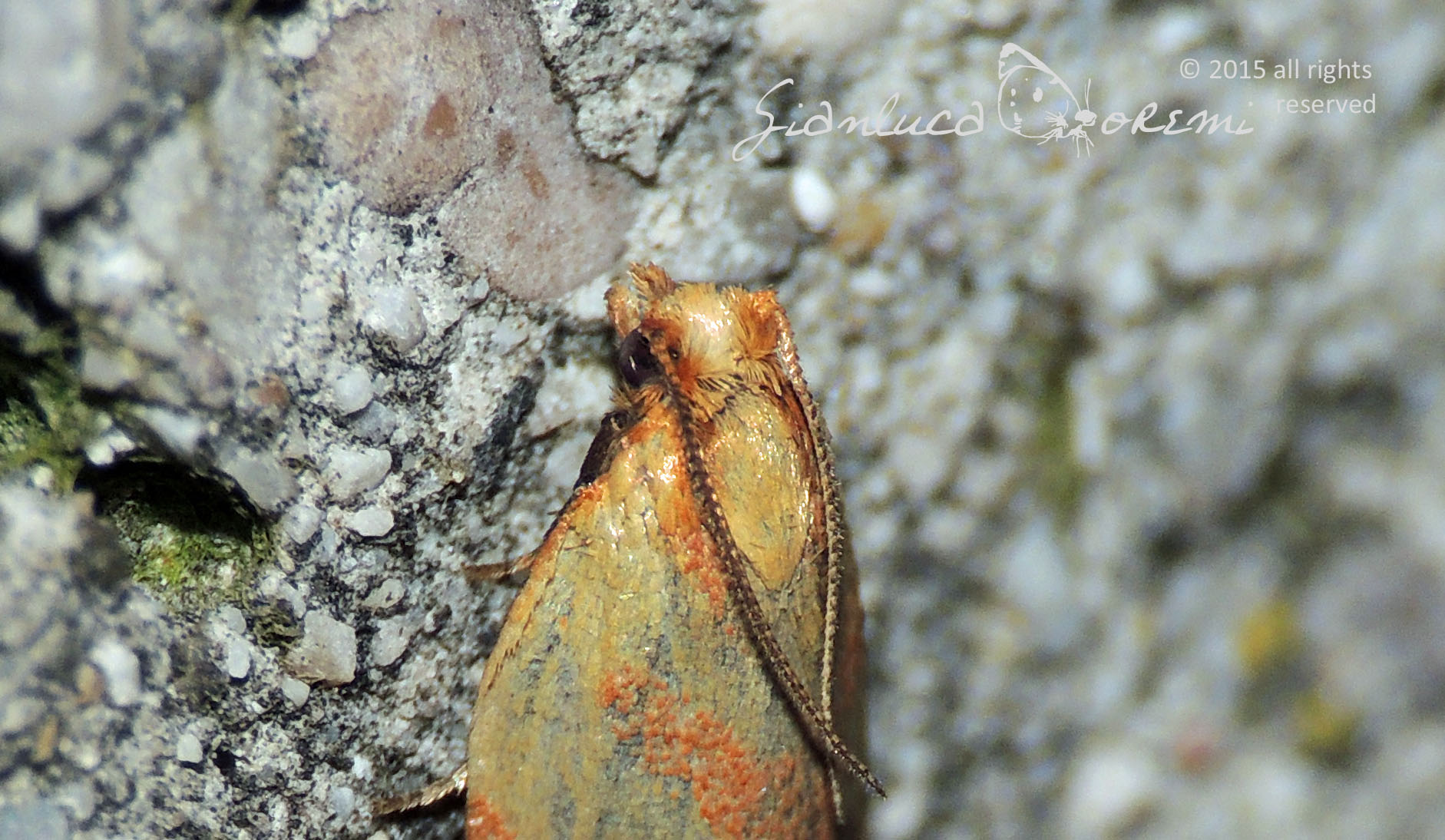

 EN
EN ITA
ITA
Social and publications